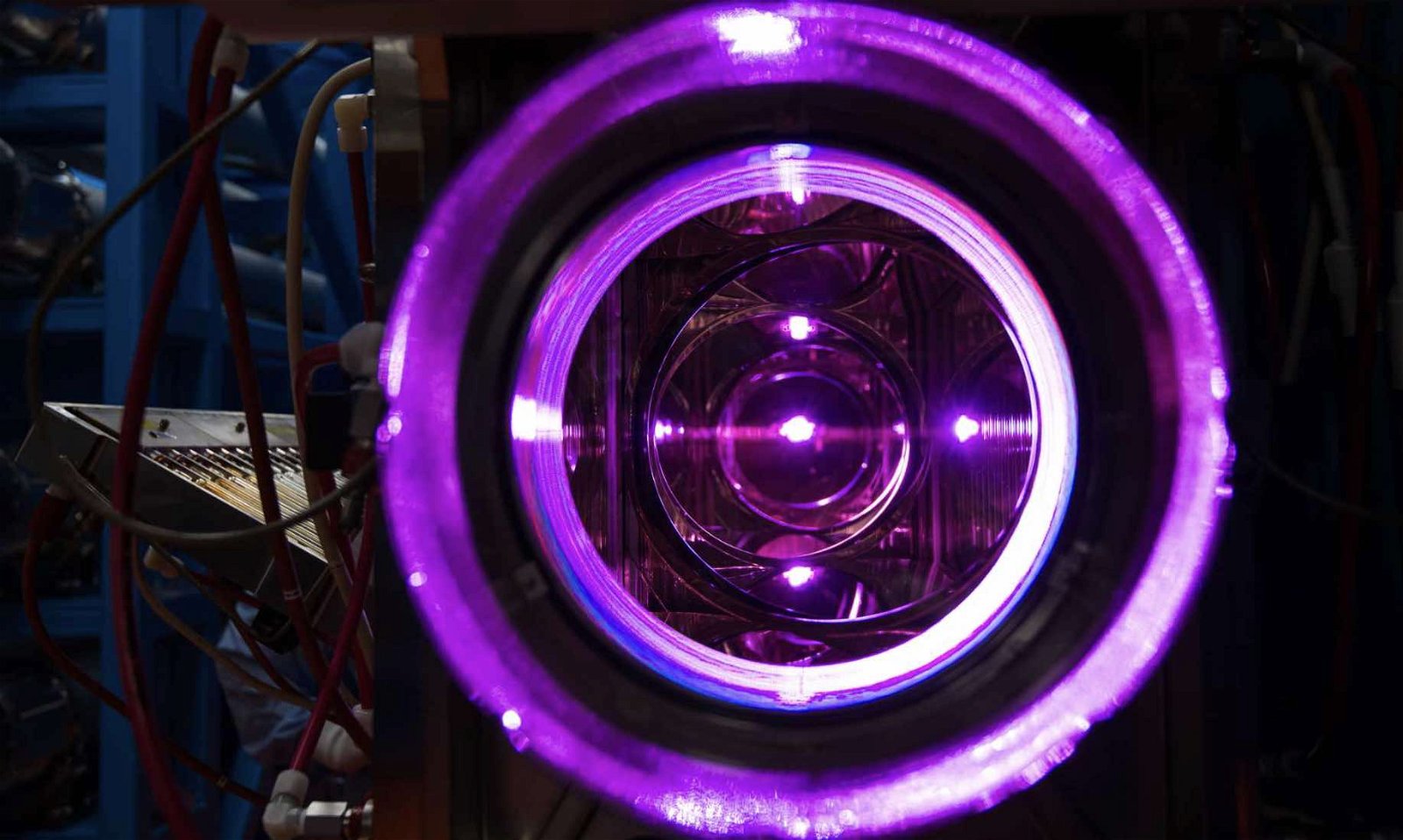The U.S. Department of Energy (DOE) has awarded $10 million to the Laboratory for Laser Energetics (LLE) at the University of Rochester as part of an initiative to stimulate research into inertial fusion energy (IFE).
The award was granted by the DOE’s Office of Fusion Energy Science (FES), aiming to have the university “lead a national research hub dedicated to advancing inertial fusion energy,” according to a press release.
Called the Inertial Fusion Energy-Consortium on Laser Plasma Interaction Research, or IFE-COLoR, the new hub is one of three the DOE has selected as a part of a peer review process aiming to select locations where IFE research and development could be undertaken, following the historic achievement of ignition by scientists at Lawrence Livermore National Laboratory (LLNL) one year ago.
A primary focus of the Rochester-based hub will be the development of what IFE-COLoR characterizes as a broad-bandwidth, direct-drive IFE laser system which may ultimately help facilitate the first fully operational fusion power plant.
IFE-COLoR hub unites experts from several educational centers involved in IFE research that include the University of California–Los Angeles and the University of Nebraska–Lincoln, as well as private industry partners.
Dustin Froula, the IFE-COLoR principal investigator and the division director of plasma and ultrafast laser science and engineering at LLE, calls it “an exciting opportunity” that leverages the capabilities of a team he says “the next generation of broadband lasers and laser-plasma science to mitigate laser-plasma instabilities” in IFE research.
In fusion science, physicists employ potent magnetic fields in a reactor to mimic the conditions inside a star, where the immense gravitational force of these celestial entities naturally confines the hot plasma. However, in laboratory settings, disruptions in plasma occur when instabilities lead to the disorganization of these magnetic fields. This is akin to the rapid release of air from a balloon when it is abruptly punctured, allowing the heat from the plasma to escape.
The IFE-COLoR hub plans to focus on laser-plasma instabilities that occur during IFE conditions by utilizing broadband laser technologies, initially developed for short-pulse lasers, to produce a broadband long-pulse laser which physicists at the University of Rochester and their colleagues believe will allow them to overcome the hurdles presented by laser-plasma instabilities.
The effort, if successful, will potentially enable a laser-driven IFE system by allowing more than 90 percent of the laser energy input to be coupled with the implosion; all of which will be achieved by pairing current laser technologies developed by LLE along with the new Fourth Generation Laser for Ultrabroadband eXperiments (FLUX) by harnessing state-of-the-art laser-plasma instability modeling and simulations.
Housed at the LLE the FLUX laser facility harnesses several areas of advanced laser science in the development of a high-powered laser for the OMEGA Laser-Plasma Interaction Platform, which is designed for the delivery of laser energy pulses to specific targets.
Currently, LLE’s Omega Laser Facility, is the largest laser based at any academic institution found anywhere in the world, as well as the only such facility that focuses on direct-drive inertial confinement fusion.
In a statement, U.S. Senator Charles Schumer said that the funding for the facility he has helped to secure from the DOE “guarantees that Rochester’s LLE will lead the way toward a future no longer reliant on fossil fuels and ensures they can continue their vital work for years to come.”
Among the areas of research currently being undertaken at LLE are studies involving ways fusion can be used as a viable energy source in the decades ahead and the development of laser and materials technologies that will help facilitate that, as well as investigations into high-energy-density phenomena.
“It has taken more than fifty years to develop the technologies and science that will enable experiments to demonstrate the laser-plasma science that will underpin a future direct-drive inertial fusion energy system,” Froula said in a statement.
Micah Hanks is the Editor-in-Chief and Co-Founder of The Debrief. He can be reached by email at micah@thedebrief.org. Follow his work at micahhanks.com and on X: @MicahHanks.

